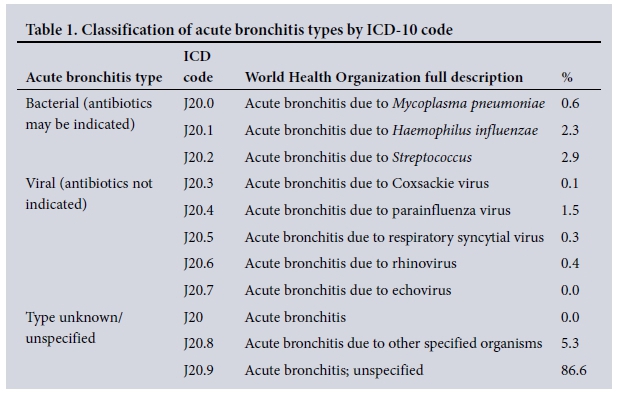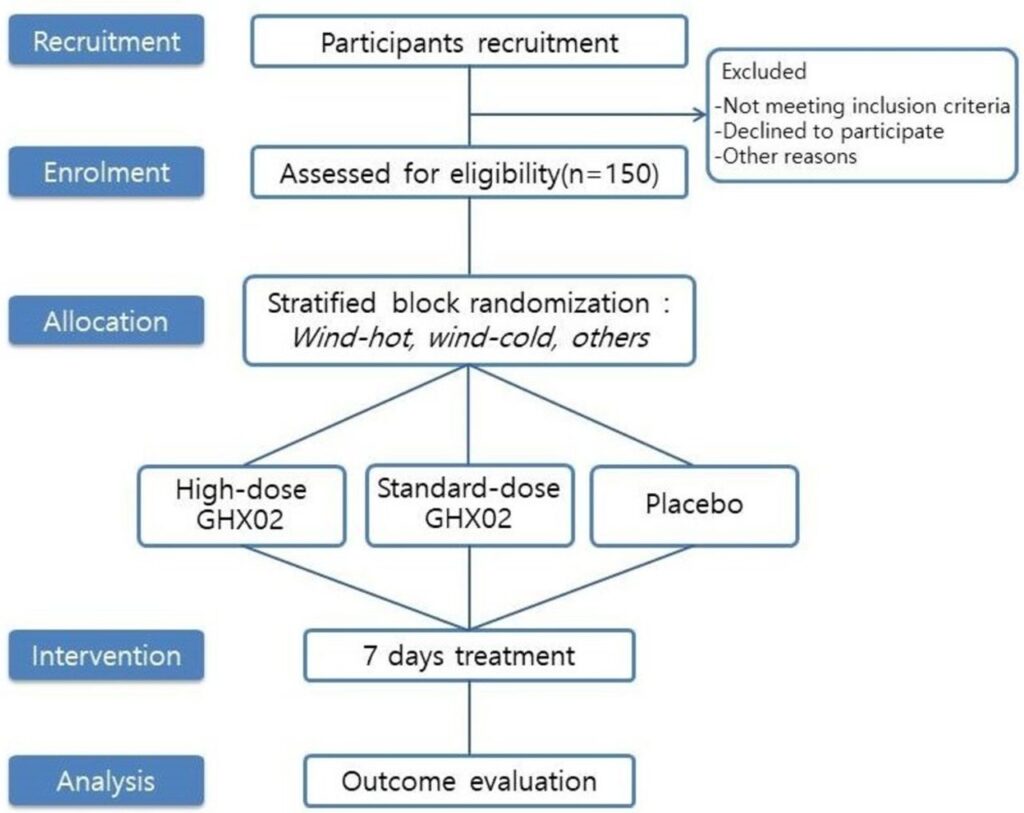Acute bronchitis, often abbreviated as AB, is a common respiratory condition that affects millions of people worldwide. It is characterized by inflammation of the bronchial tubes, which are responsible for carrying air to and from the lungs. This condition typically develops quickly and lasts for a short period, usually a few weeks. In this article, we will explore the causes, symptoms, diagnosis, and treatment options for acute bronchitis in detail.

What Is Acute Bronchitis?
Acute bronchitis is an infection or irritation of the lining of the bronchial tubes. These tubes play a vital role in transporting air into the lungs, and when they become inflamed, it can lead to breathing difficulties and other uncomfortable symptoms. Unlike chronic bronchitis, which is a long-term condition often associated with smoking, acute bronchitis is temporary and resolves on its own in most cases.
Causes of Acute Bronchitis
Acute bronchitis can be caused by various factors, but the most common cause is viral infections. Below are the primary causes of this condition:
Viral Infections
- Influenza Virus: The flu virus is one of the leading causes of acute bronchitis. It spreads easily through respiratory droplets and can affect people of all ages.
- Rhinovirus: Commonly known as the cold virus, rhinovirus can also lead to inflammation of the bronchial tubes.
- Respiratory Syncytial Virus (RSV): This virus is particularly problematic for infants and young children, though it can affect adults as well.
Bacterial Infections
Although less common, bacterial infections can also cause acute bronchitis. Bacteria such as Bordetella pertussis, which causes whooping cough, may lead to severe cases of bronchial inflammation.
Environmental Factors
- Air Pollution: Exposure to pollutants like smoke, dust, and chemical fumes can irritate the bronchial tubes and trigger inflammation.
- Tobacco Smoke: Smoking or exposure to secondhand smoke is a significant risk factor for developing acute bronchitis.
- Cold Weather: Cold and dry air can irritate the respiratory system, making individuals more susceptible to bronchial infections.
Symptoms of Acute Bronchitis
The symptoms of acute bronchitis often resemble those of a common cold but tend to worsen over time. Here are the most common signs and symptoms:
Coughing
A persistent cough is the hallmark symptom of acute bronchitis. Initially, the cough may produce clear mucus, but as the condition progresses, the mucus may turn yellow or green. Some individuals may experience a dry cough without mucus production.
Chest Discomfort
Inflammation of the bronchial tubes can cause a feeling of tightness or discomfort in the chest. This sensation may worsen during physical activity or deep breathing.
Fatigue
Many people with acute bronchitis report feeling unusually tired or fatigued. This is often due to the body’s immune response to the infection.
Mild Fever and Chills
A low-grade fever and chills are common in cases of acute bronchitis. However, high fevers are rare and may indicate a more serious infection.
Shortness of Breath
Due to inflammation and mucus buildup in the airways, some individuals may experience difficulty breathing or shortness of breath, especially during exertion.
Wheezing
Wheezing, a whistling sound when breathing, can occur if the airways become narrowed due to swelling or mucus accumulation.
Sore Throat
Irritation of the throat is another common symptom, often accompanied by a hoarse voice or difficulty swallowing.
Diagnosis of Acute Bronchitis
Diagnosing acute bronchitis involves a combination of medical history evaluation, physical examination, and sometimes additional tests. Here’s how healthcare providers typically diagnose this condition:
Medical History and Physical Examination
The doctor will begin by asking about your symptoms, recent illnesses, and exposure to potential irritants. They will also perform a physical exam, listening to your lungs with a stethoscope to check for abnormal breathing sounds such as wheezing or crackles.
Chest X-Ray
If pneumonia is suspected, a chest X-ray may be ordered to rule out this more serious condition. While not always necessary, imaging tests can provide valuable insights into the state of the lungs.
Sputum Test
In some cases, the doctor may request a sputum test to analyze the mucus produced by coughing. This test can help determine whether the infection is viral or bacterial.
Pulmonary Function Test
A pulmonary function test measures how well the lungs are working. This test is typically reserved for individuals with chronic respiratory issues or those whose symptoms persist longer than expected.
Treatment Options for Acute Bronchitis
Since acute bronchitis is often caused by viral infections, antibiotics are generally not effective. Instead, treatment focuses on relieving symptoms and supporting the body’s natural healing process. Below are the most common treatment approaches:
Rest and Hydration
Getting plenty of rest and staying hydrated are essential for recovery. Drinking fluids helps thin the mucus in the airways, making it easier to expel through coughing.
Over-the-Counter Medications
Medications available without a prescription can help alleviate symptoms:
- Cough Suppressants: These medications can reduce the frequency and intensity of coughing, especially at night.
- Expectorants: Expectorants help loosen mucus, making it easier to clear from the airways.
- Pain Relievers: Acetaminophen or ibuprofen can be used to manage fever, headaches, and body aches.
Inhalers
For individuals experiencing wheezing or shortness of breath, a bronchodilator inhaler may be prescribed. These devices help relax the muscles around the airways, improving airflow.
Antibiotics
Antibiotics are only prescribed if a bacterial infection is confirmed. Overuse of antibiotics can lead to resistance, so they should only be taken when absolutely necessary.
Humidifiers
Using a humidifier at home can add moisture to the air, soothing irritated airways and reducing coughing spells. Warm steam from a shower can have a similar effect.
Avoiding Irritants
To prevent worsening symptoms, it’s important to avoid exposure to tobacco smoke, strong odors, and other environmental irritants. Wearing a mask in polluted areas can also provide protection.
When to Seek Medical Attention
While acute bronchitis is usually mild and resolves on its own, certain symptoms warrant immediate medical attention. These include:
- High fever lasting more than three days
- Blood in mucus
- Severe shortness of breath or chest pain
- Symptoms that persist for more than three weeks
- Underlying health conditions such as asthma, chronic obstructive pulmonary disease, or heart problems
Preventing Acute Bronchitis
Taking preventive measures can significantly reduce the risk of developing acute bronchitis. Here are some effective strategies:
Vaccinations
Staying up-to-date with vaccinations, such as the annual flu shot and the pneumococcal vaccine, can protect against infections that may lead to bronchitis.
Good Hygiene Practices
Regular handwashing and avoiding close contact with sick individuals can minimize the spread of viruses and bacteria.
Healthy Lifestyle Choices
Eating a balanced diet, exercising regularly, and getting adequate sleep can strengthen the immune system, making it better equipped to fight off infections.
Quitting Smoking
Smoking is a major risk factor for respiratory conditions, including acute bronchitis. Quitting smoking can improve lung health and reduce the likelihood of future episodes.





